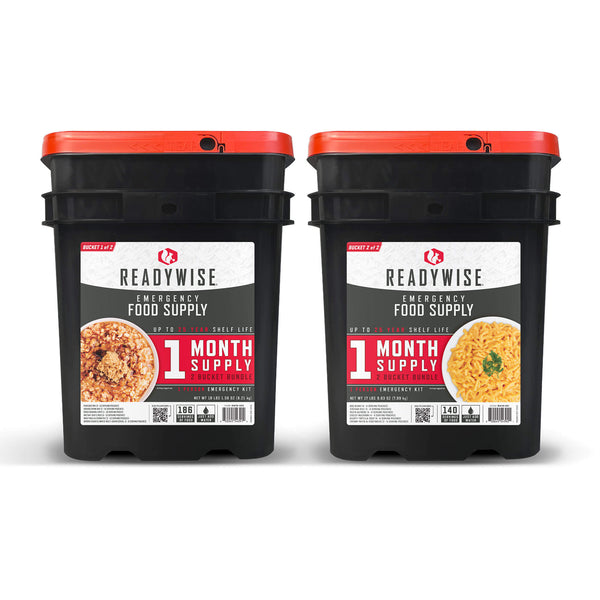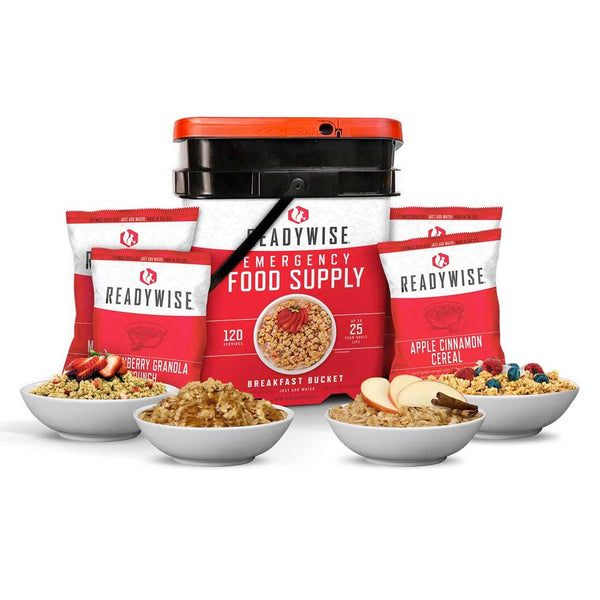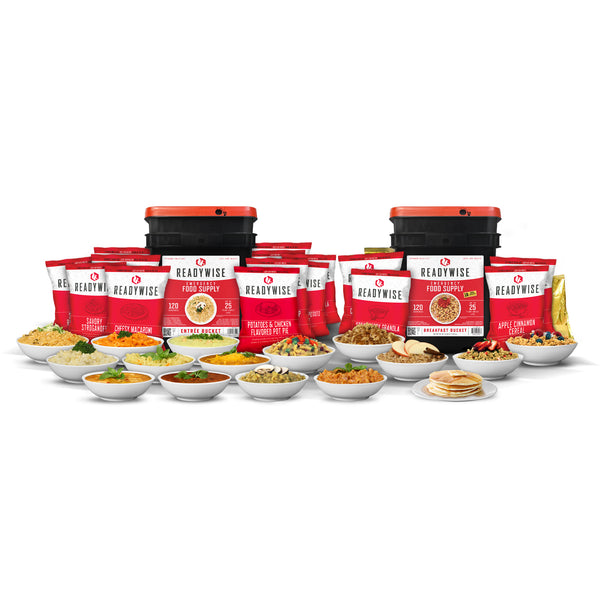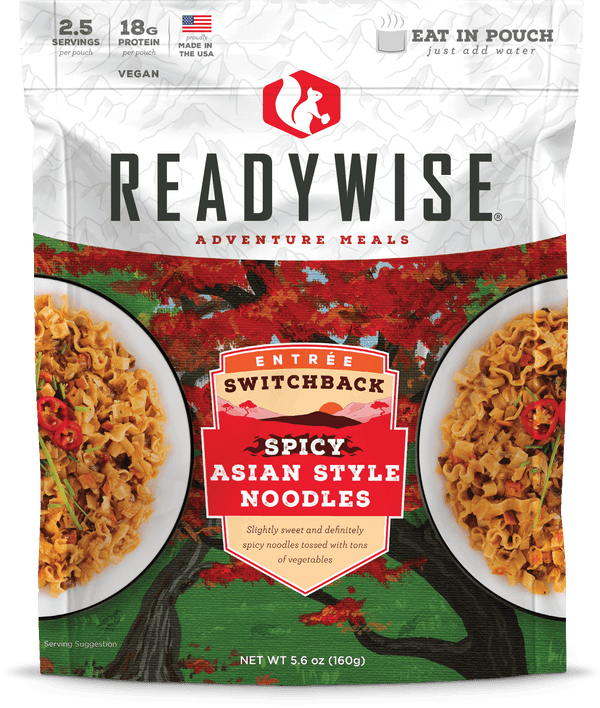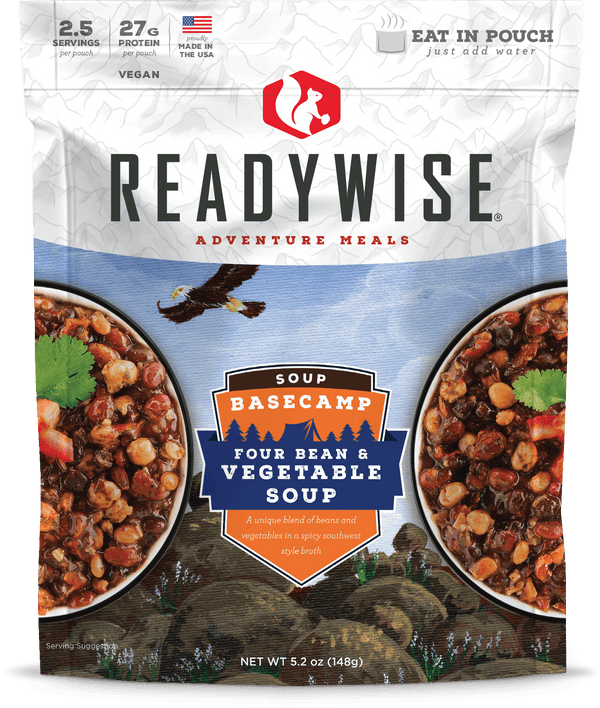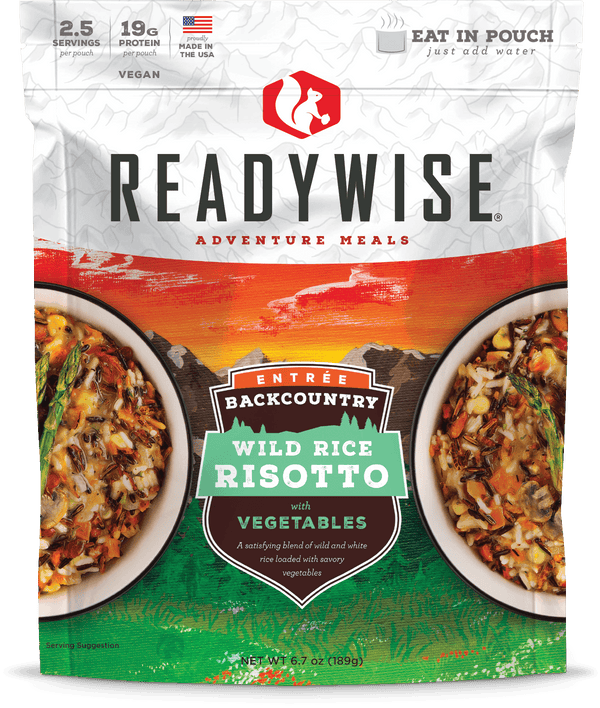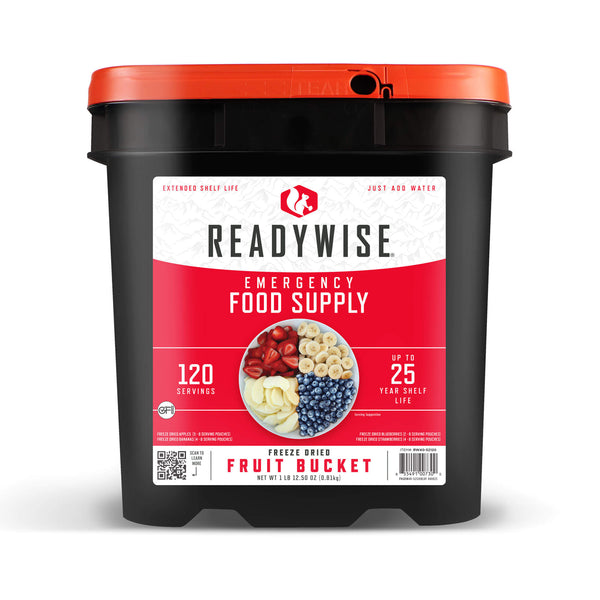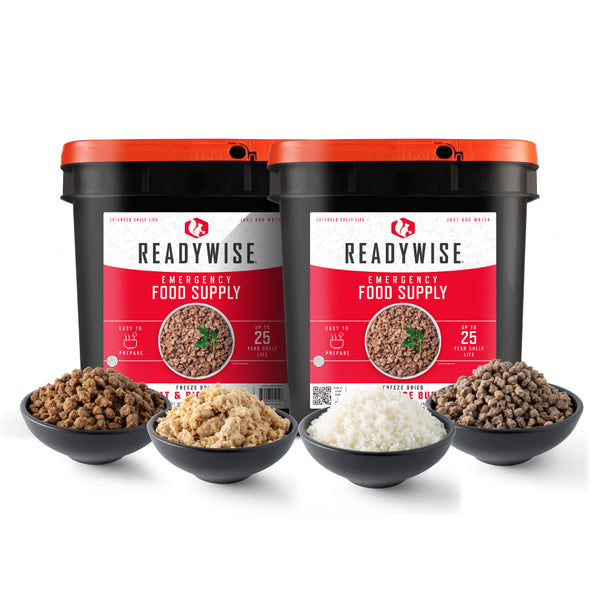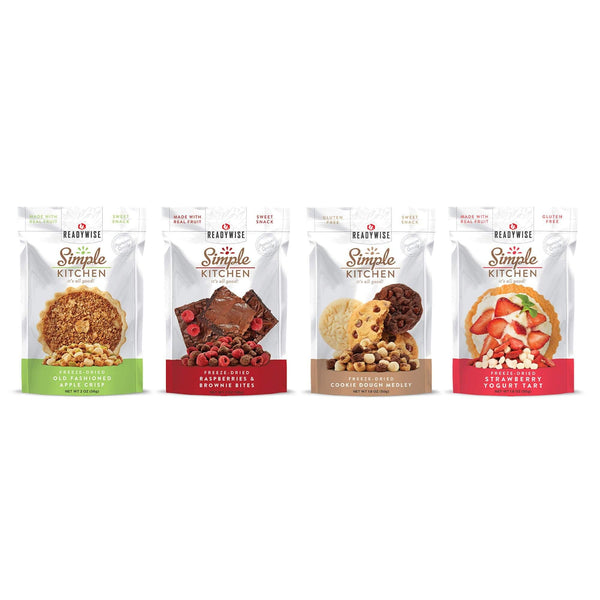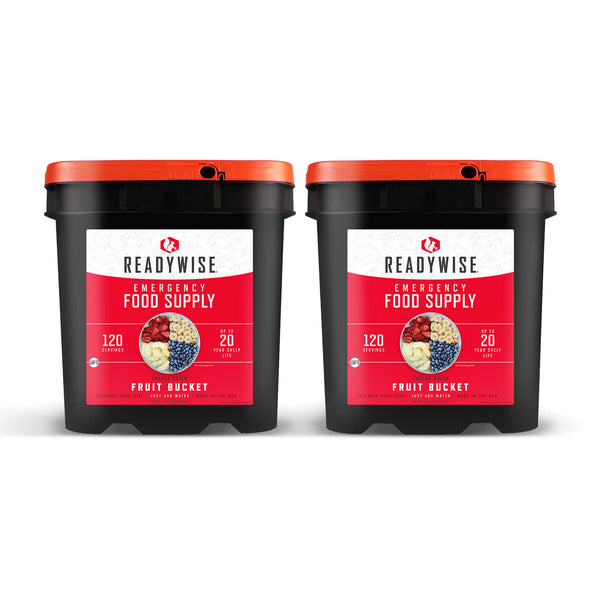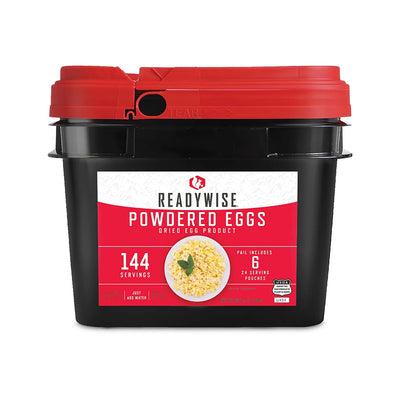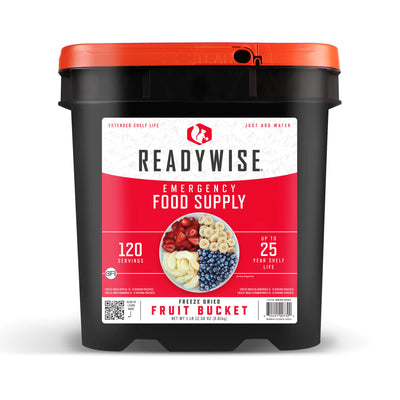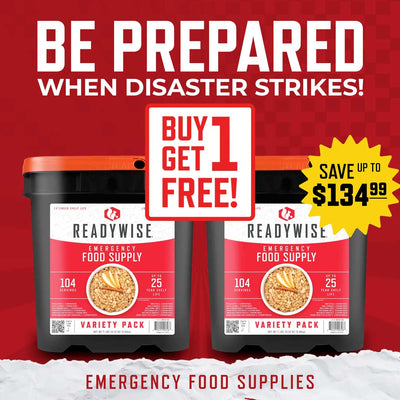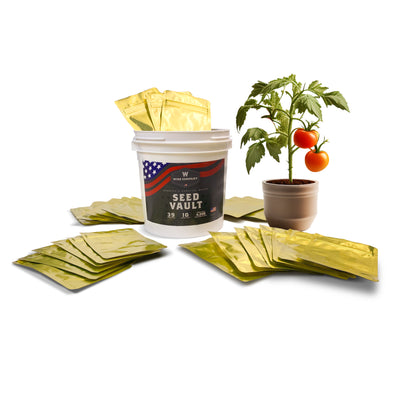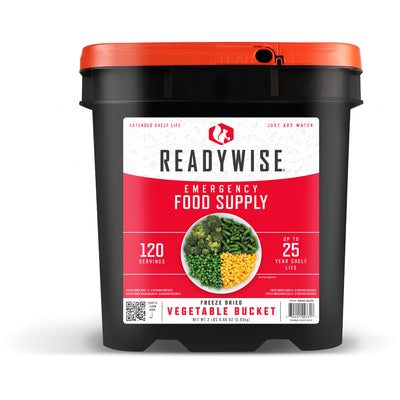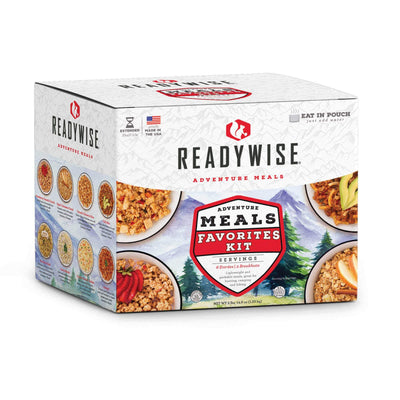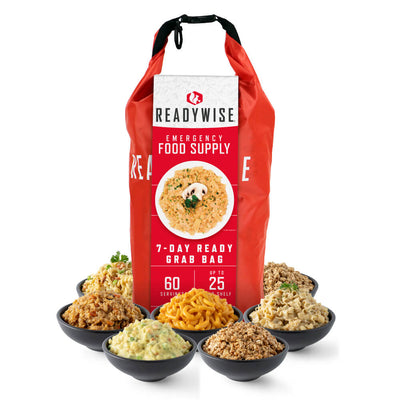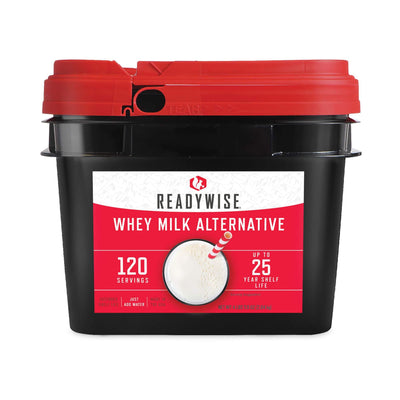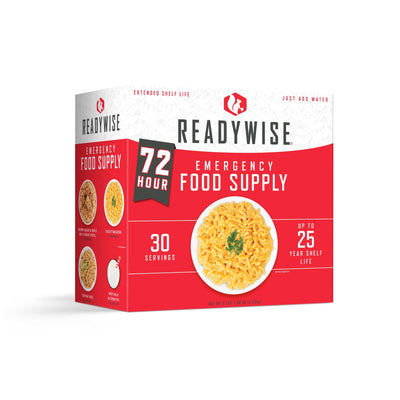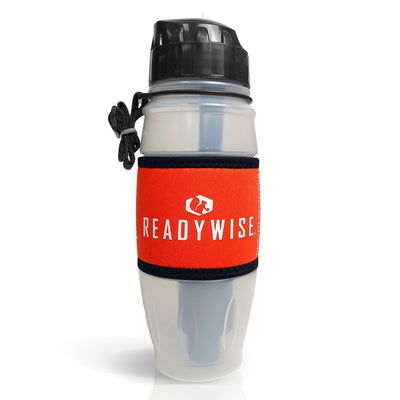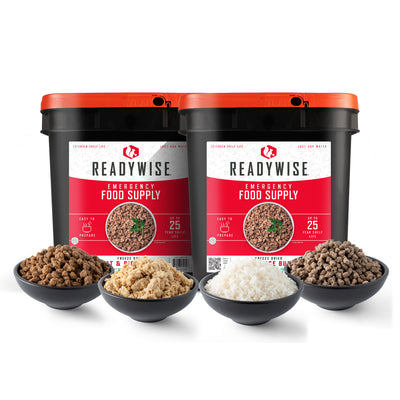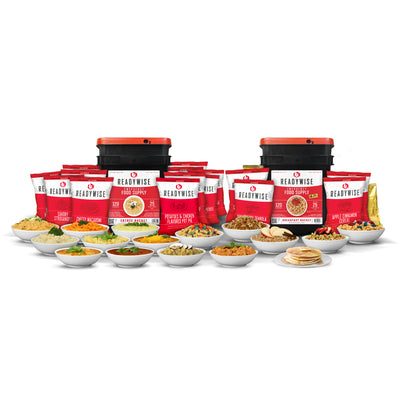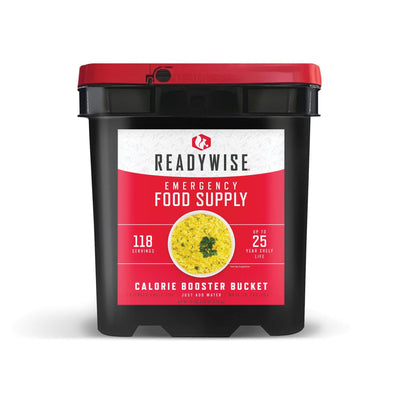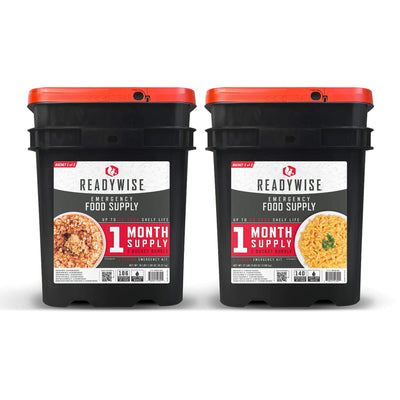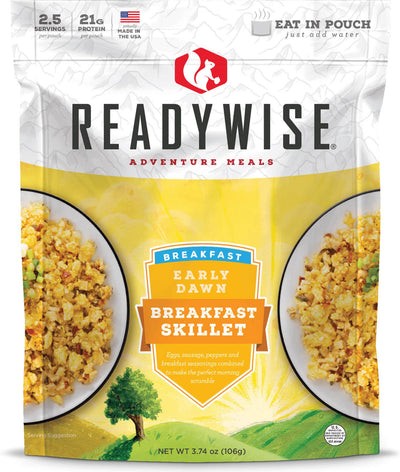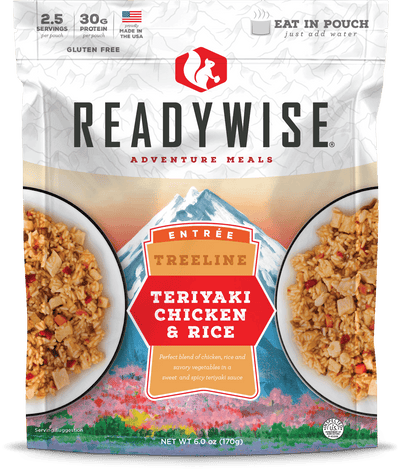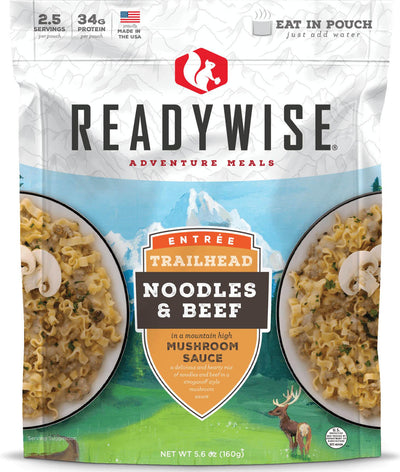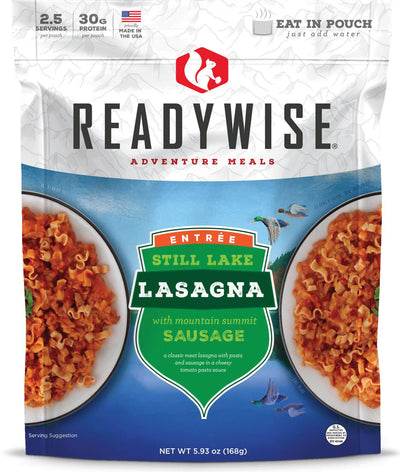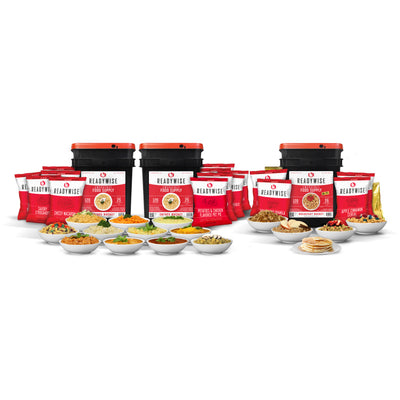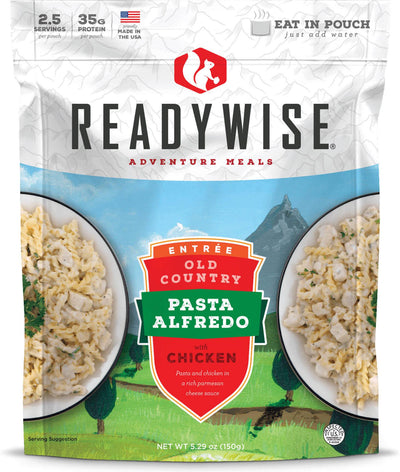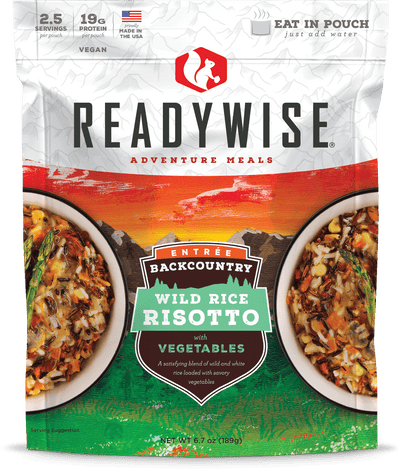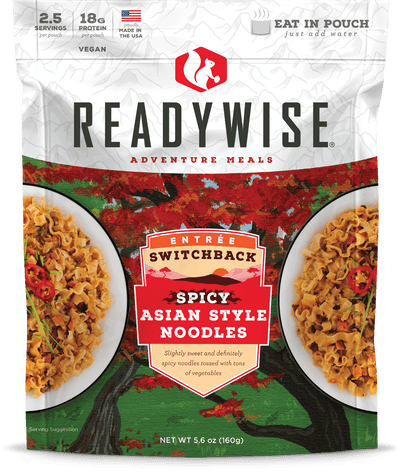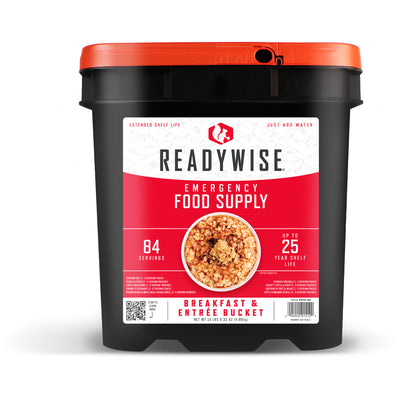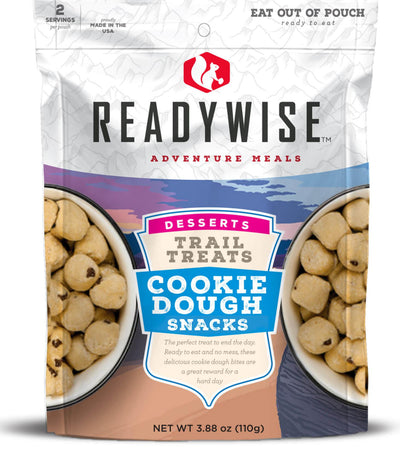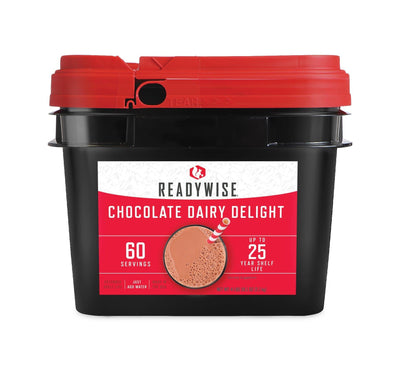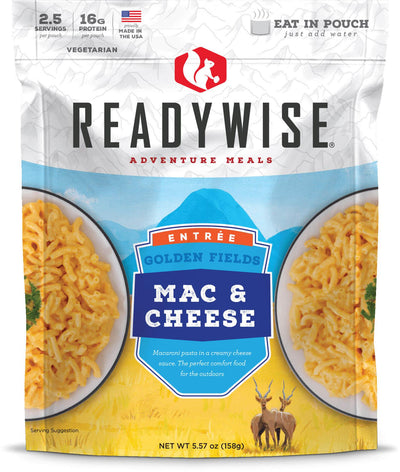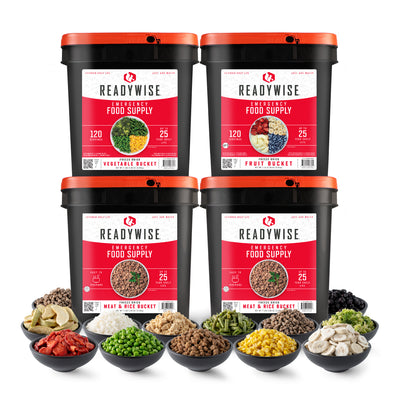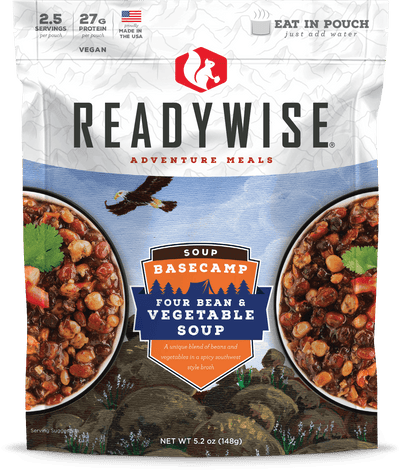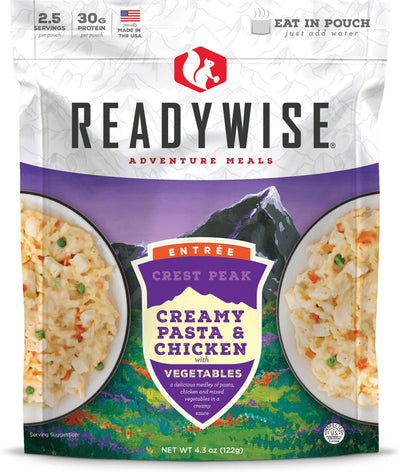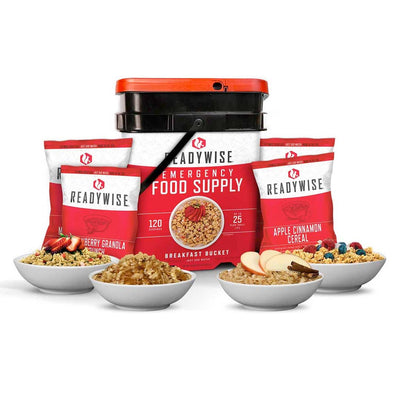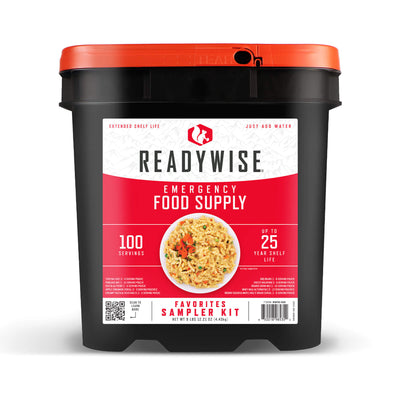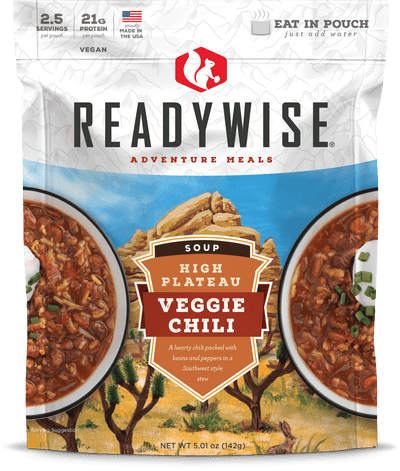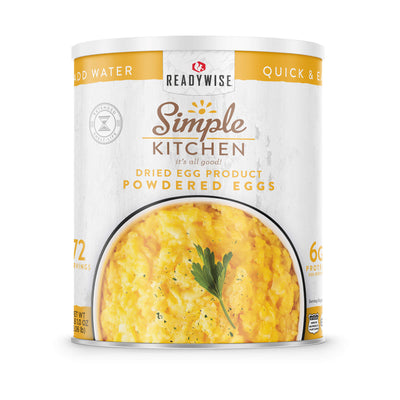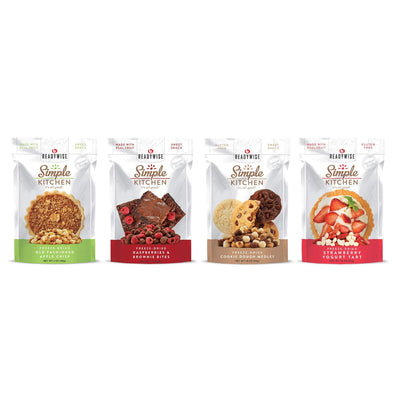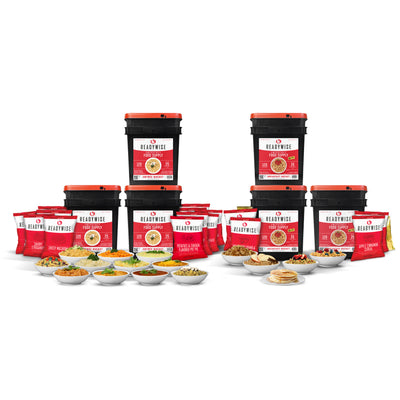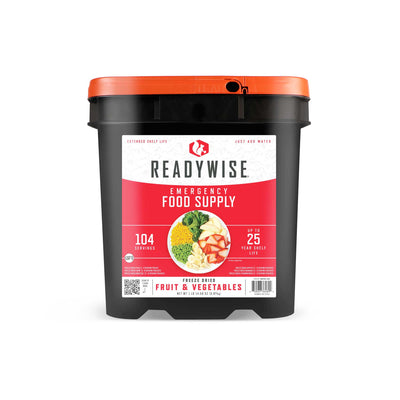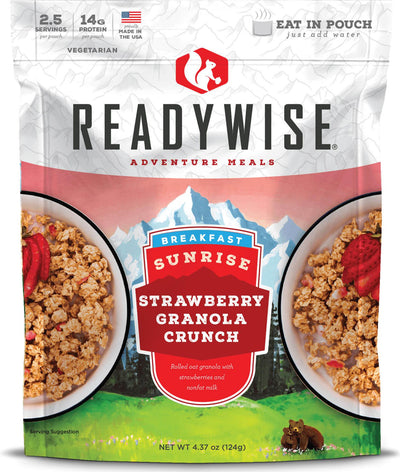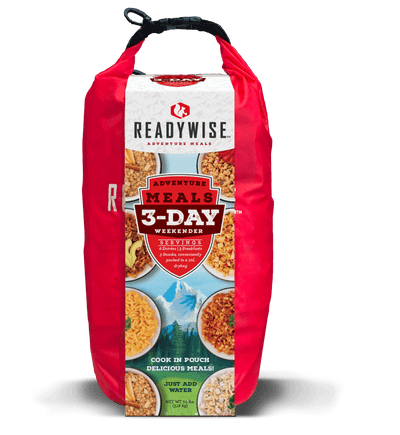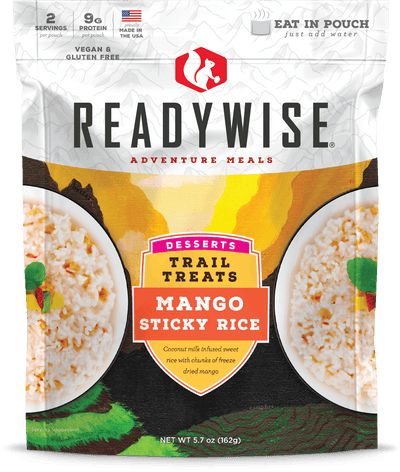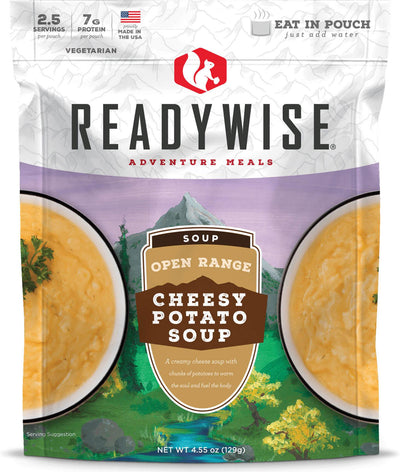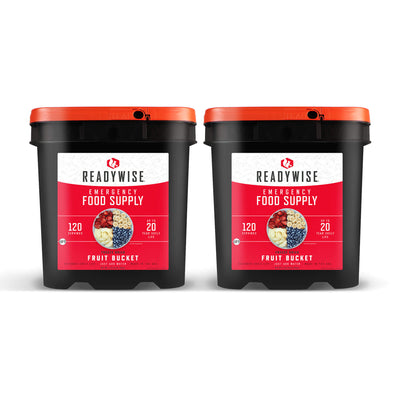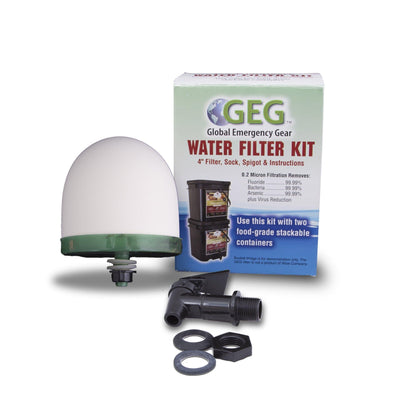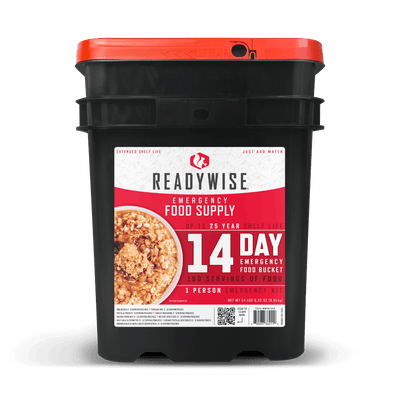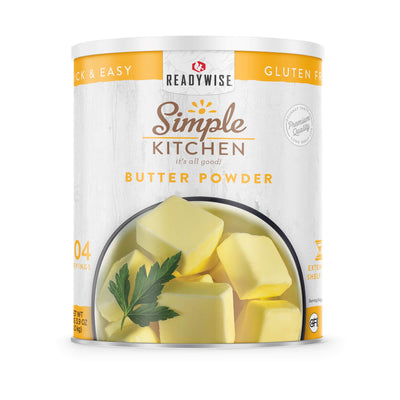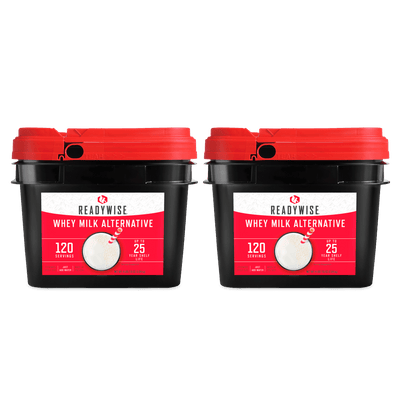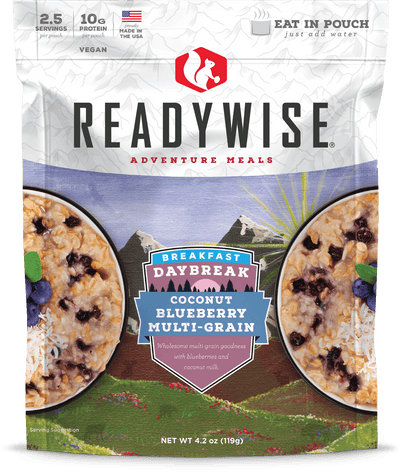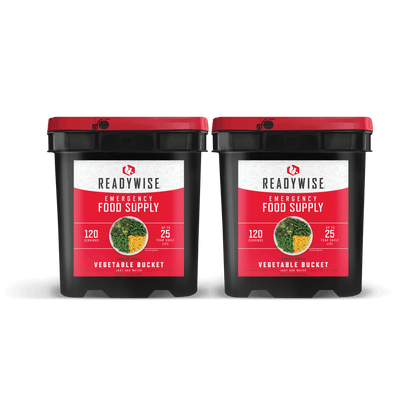Planning what food to bring when camping is just as important as packing the ideal gear—whether you’re pitching a tent next to a creek or atop a steep cliff.
But planning your camping menu isn’t just about making sure you’re fed; it’s about maximizing your limited culinary options to produce tasty, nutritious meals. As you prepare for your upcoming trip, consider lightweight, easy-to-prepare meals compatible with outdoor cooking and limited refrigeration options.
In the guide below, we’ll break down some top options for camping meals. Let us handle the meal planning so you can focus on enjoying the great outdoors.
1. Breakfast Options
Let’s start with the most important meal of the day: the quick bite to get you energized before your morning hike, sunrise yoga session, or foraging foray.
Here are some camping breakfast ideas to consider during your meal planning:
-
Oatmeal with granola – Completely non-perishable and packed with protein, oatmeal is easy to heat on a camp stove and only requires two ingredients: oats and water.1 Top your morning oatmeal with granola for an added crunchy kick.
-
Yogurt with fruit and nuts – If you’re camping with a cooler in tow, consider packing yogurt for a simple breakfast dish: a parfait with fruit and nuts. Plus, dried fruits can be both a tasty topping for yogurt and a scrumptious midday snack.
2. Lunch Selections
When lunchtime strikes, you’ll want to chow down on something substantial with plenty of nutrients. Some options include:
-
Ready-to-eat meals – Ready-to-eat meals require little preparation at the campsite, but some may require some assembly before your trip—think premade sandwiches, salads, or wraps, for instance. Don’t forget about ultra-convenient freeze-dried meals: pre-made dishes you can enjoy with just a little water and heat. Freeze-fried meals, like those from ReadyWise, are lightweight, easy to make, and downright delicious—a perfect match for camping and hiking trips.
-
Canned fish – Tinned sardines, salmon, and tuna are excellent sources of nutrients (especially protein and omega-3s).2 Plus, they’re versatile; whether you eat them right out of the tin, pair them with crackers and hot sauce, or add them to a sandwich, canned fish options offer a savory, protein-packed bite.
3. Dinner Choices
When dinnertime approaches, you might want to pull out all the stops. After all, you deserve to rest by the campfire with a tasty meal after a day of outdoor adventuring.
As you plan your dinner logistics, consider:
-
Foil packet meals – Foil packet meals are some of the most popular camping dishes among outdoor enthusiasts. All you have to do to prepare them is wrap your ideal combination of vegetables, meats, beans, and seasonings in foil. Once you’ve got a fire going, just heat the foil pack over the flames (turning it occasionally to prevent burning), crack it open, and dig in.
-
Pasta and rice dishes – Par-boiled or quick-cooking pasta and rice are also camping staples. Combine them with some foil-packed vegetables for a filling, nutritious camping supper.
4. Snacks and Sides
As you hike to the next campsite, paddle in a nearby lake, or explore the woods with your camera looking for the perfect shot, you’re liable to work up an appetite. If you’re away from your campsite or don’t feel like eating your sandwich just yet, you’ll need something to snack on, like:
-
Trail mix – Combinations of mixed nuts, dried fruits, seeds, or even chocolate candies offer a quick energy boost. Plus, trail mix is super easy to carry and store in your pack.
-
Fresh fruits and vegetables – Apples, bananas, oranges, carrots, and peppers are all non-perishable and super simple to snack on.
Special Considerations
What if you or a campmate need to accommodate allergies or special diets?
-
Plan ahead – If you’re planning a camping trip with multiple people, communicate openly about each camper’s nutritional needs ahead of time.
-
Offer alternatives – Even if a fellow camper is a vegetarian, they likely don’t want to eat beans for every meal. Do your best to diversify everyone’s food options—even if some campers have somewhat restrictive diets. For a brief guide to different dietary requirements, check out https://www.loveholidays.com/holidays/vegan-travel-guide/
A brief guide to different dietary requirements
-
Lean on pre-made options – Pre-made meals offer a simple way to cater to diverse dietary needs with limited prep and no need for refrigeration.
And remember: Even if your dietary needs differ from the rest of your camp, you might still enjoy meals made with a more restrictive diet in mind. For instance, omnivores can enjoy meatless pasta dishes, foil-pack veggies, and other plant-based favorites.
ReadyWise Adventure Meals: Convenient and Tasty Options
Looking for the perfect solution to your camping nutritional needs? Turn to ReadyWise: your source for delicious, high-quality, and shelf-stable meals ready to eat. In fact, our Adventure Meals are designed with campers, backpackers, hikers, and adventurous people in mind.
A few of the benefits include:
Meal Variety
Especially on long camping trips, eating the same meal every day can quickly become monotonous. With ReadyWise Adventure Meals, you’ll always have exciting options to try, including:
This is just a taste of the options available from ReadyWise, and we’re always adding new dishes and flavor combinations to our line-up.
Dietary Options
If your camping group includes a mix of omnivores, plant-based eaters, people with specialized diets, or even picky eaters, ReadyWise has you covered.
In our catalog of Adventure Meals, you’ll find meals that are:
-
Vegetarian-friendly
-
Gluten-free
-
Everyday staples
Ultimately, ReadyWise offers options that will appeal to your entire adventuring group.
Preparation and Storage
Two of the biggest benefits of ReadyWise meals are:
-
They’re simple to prepare.
-
They pack and store easily.
All you need to prepare our Adventure Meals is hot water—about one cup per serving.
Whether you’re planning a month-long trek through the Appalachian Trail or building an emergency food supply kit, Adventure Meals are an exceptional fit for your needs. With a shelf life of multiple years (when stored properly), you can stock up without worrying about expiration.
Tips for Packing and Storing Camping Food
What else do you need to know while planning what food to bring when camping? Let’s break down a few tips from the pros for the ultimate camping culinary experience.
Food Preservation
Depending on your preferences, some of your packed food may need to be refrigerated. While camping, you’ll have two main options for keeping food cold:
-
Coolers – If you’re staying in a stationary camp within reasonable walking distance from your vehicle, pack a cooler for your trip. With a cooler, you can expand your camping culinary plan to include perishable foods. Plus, you can use the icemelt as a water source if needed.
-
Ice packs – If you’re hiking or moving your camp to a new location each day, consider a more portable cooling option: ice packs inside of a lunch box or small pack. Remember that you’ll want to keep this pack small. The less surface area you need to keep cool, the fewer ice packs you’ll need, and ice packs can get heavy. (We only recommend taking this route for short-term trips.)
Efficient Packing
Speaking of pack weight, do your best to pack efficiently for your trip—especially if you’re planning on hiking and setting up a new camp each day. Consider using:
-
Resealable bags – Resealable bags can be rinsed and re-sealed to meet your storage needs throughout your trip. Remember that meals packed in reusable bags can also be rinsed and re-sealed for future storage needs.
-
Compact containers – Whether you’re packing for convenience and comfort or only bringing the necessities, opt for compact versions of items when possible. Foldable utensils, collapsible containers, and small tools are a must.
-
A specialized camping pack – If you’re new to the hiking and backpacking scene, you could use a backpack you already own for your next trip. However, consider purchasing a pack made just for this purpose. A camping-specific backpack will feature purpose-built storage options and configurations to help you use all of your available space.
Cooking Equipment
Cooking equipment is a must for both camping packs and emergency survival kits. While you shouldn’t need much to keep yourself fed, consider packing:
-
A small pot for warming water
-
A lightweight utensil set for eating and meal prep
-
A small sponge for wiping out dishes and containers
When it comes to heating up food and water, you can either:
-
Start a campfire – Don’t forget about critical fire-starting gear: flint, matches, a lighter, or small lighter-wood shavings. Consider packing a small rack or hook you can use to place your pot (or your foil-pack meals) over the fire without having to hold it yourself.
-
Use a portable stove – If you opt for a small propane or butane stove, remember to make space for both the stove and your fuel supplies in your pack. This might be a better fit for people camping close to their vehicles.
Enjoy Delicious Meals in the Great Outdoors with ReadyWise
Dining al fresco is one of the best parts of the camping experience. There’s nothing quite like chowing down on a tasty meal as the light streams through the tree cover and birdsong fills the air.
Fortunately, figuring out what to cook on your trip is easy when you choose ReadyWise.
ReadyWise is your one-stop-shop for must-have emergency supplies, ready-made camping meals, #10 cans, and so much more. We’re passionate about helping people prepare for anything—camping trips, natural disasters, and everything in between.
Explore our catalog of meals for camping and outdoor adventures today.
Sources:
- Harvard University. Oats. https://nutritionsource.hsph.harvard.edu/food-features/oats/
- US Department of Agriculture. What Do I Do with Canned Fish?. https://wicworks.fns.usda.gov/topic/what-do-i-do-with/canned-fish








